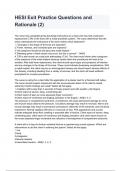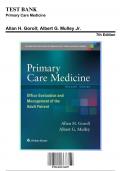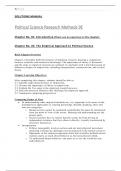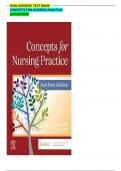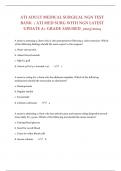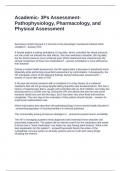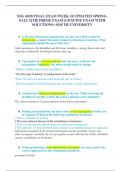Exam (elaborations)
Test Bank For Medical Genetics 6th Edition By Authors Lynn B. Jorde, John C. Carey, Michael J. Bamshad.
- Course
- Institution
Chapter 9: Immunogenetics 1. Which of the following best describes immunogenetics? A) The study of genes involved in immune responses B) The study of infectious diseases C) The study of cancer genetics D) The study of hereditary disorders Answer: A Rationale: Immunogenetics focuses on the ge...
[Show more]




